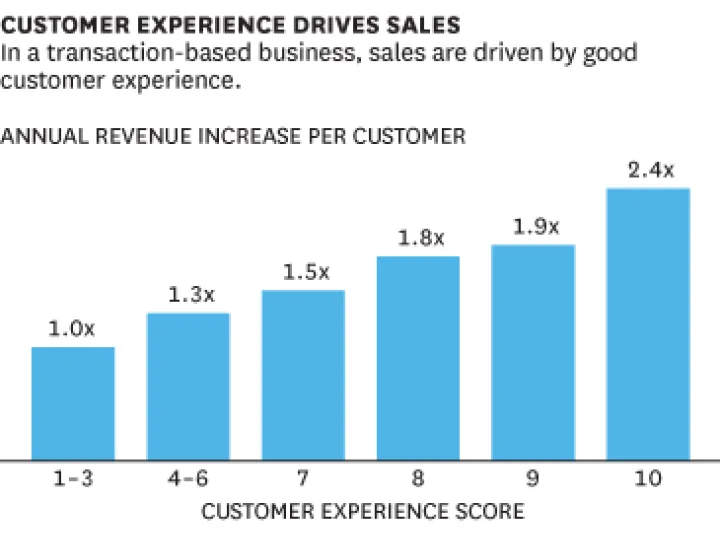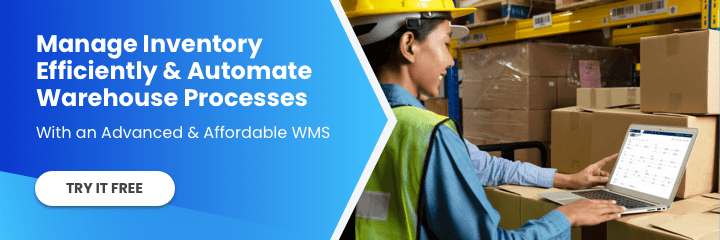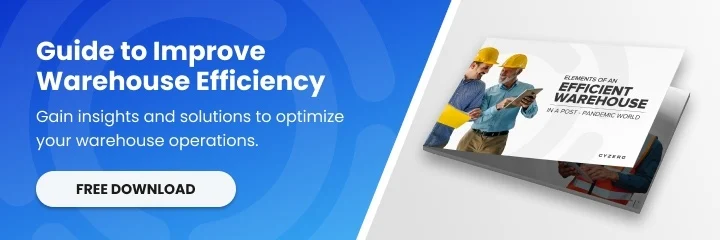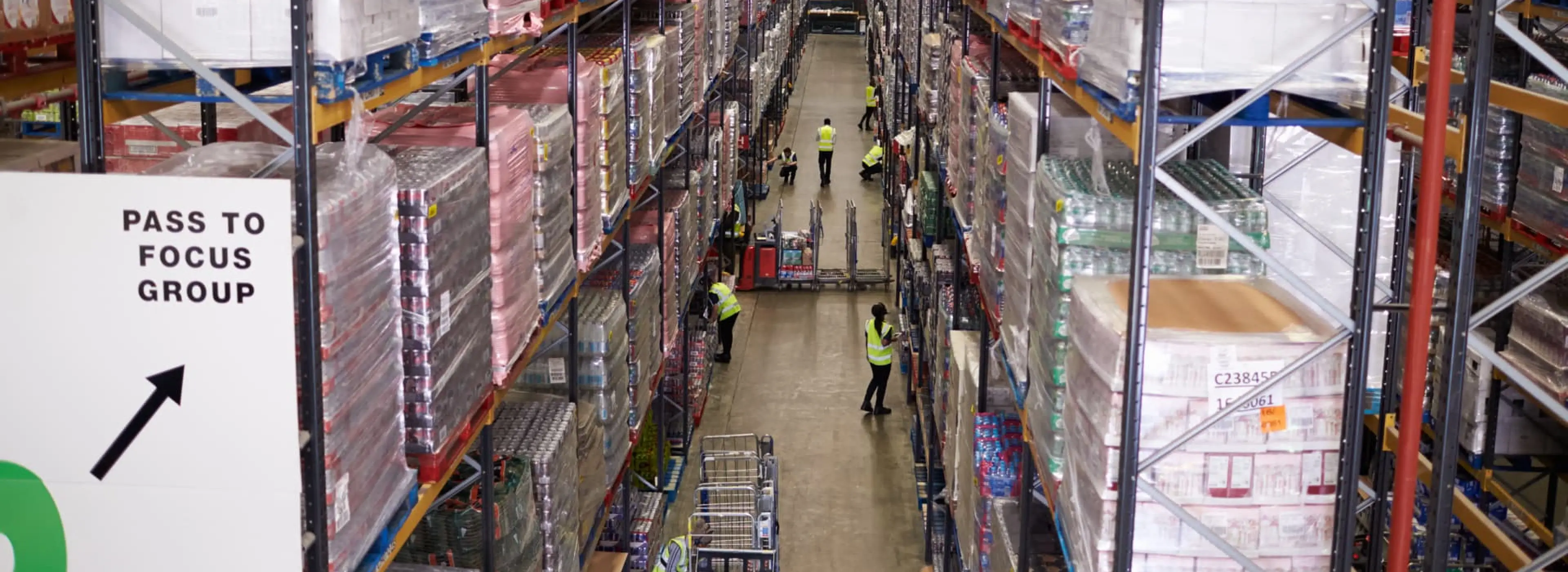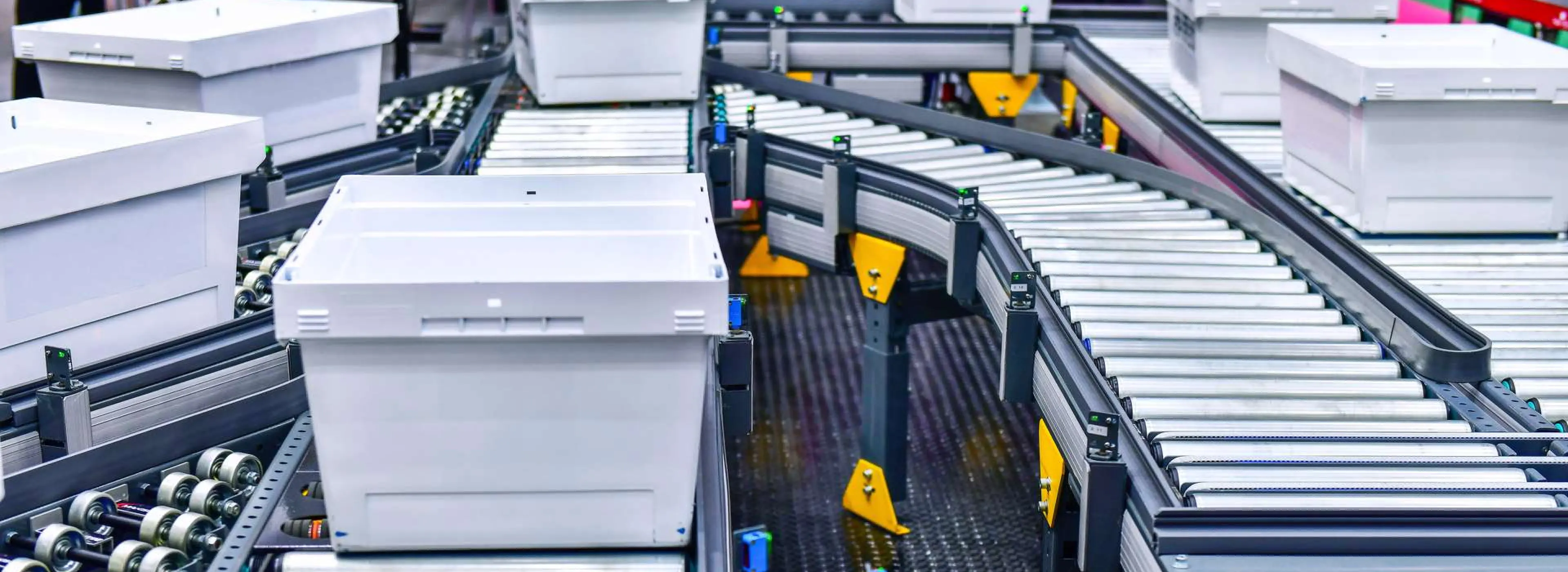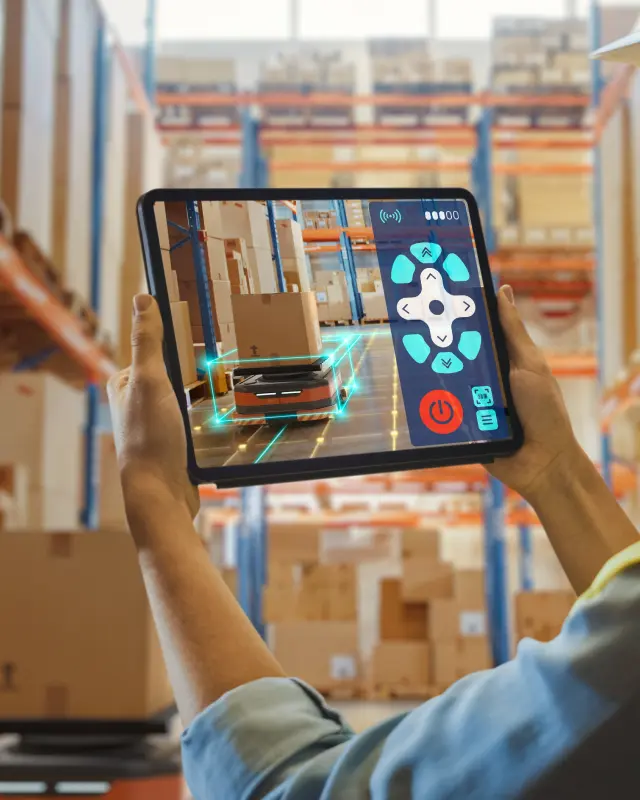Every month I meet with 25+ Logistics leaders and decision makers. I always have one question for them: What is impacting your bottom line?
They all agree that one of the biggest impacts on their profit line is that new entrants and major companies are using price reductions to gain new business and retain customers – the race to the bottom. So, what can you do to counteract this?
According to a study by the Harvard Business Review, customers who had the best past experiences spend 140% more compared to those who had the poorest experience.
Although in a different industry, Cyzerg is also exposed to the same “race to the bottom” price competition. Regardless, we’ve been able to thrive and avoid competing in price by differentiating in many ways – including crafting a great customer experience.
What is Customer Experience?
It is about MORE than customer service. Customer experience is the sentiment customers (and potential customers) experience during all interactions with your company before, during, and after the transaction. From the initial results they see on Google to the service being delivered and everything in between – every interaction shapes the overall customer experience. It builds a perception of value in their minds.
Pro Tip: Turn your customers into fans by creating such a remarkable experience that it is almost impossible for competitors to live up to their expectations.
How Do You Create A Great Customer Experience?
1. Build Relationships – ‘A Culture that Cares’
Customer service has grown beyond dealing with customer complaints. Successful companies are customer-focused and center every aspect of their business around the needs and problems of their customers. It is about creating an emotional connection that crosses the boundaries of business and enters the realm of creating relationships.
Many small and mid-size logistics organizations are built around the relationships between their customers and the organization’s leaders. Now is the time to extend this across the entire company – from billing to the warehouse clerk. Everyone in your company impacts the customer experience in one way or another.
2. Hire the Best and Train Them
More than 85 percent of your customer experience is not delivered by automated systems or robots (at least not yet) but by people. If you don’t have the right employees (especially on your customer service team), it can severely impact business.
Hire the Right People. You can’t train people to care. You have to hire qualified people who inherently care for others. Then, they should be empowered to be who they are (good people) and remove any limitations (bad management) that could be obstacles.
Make them Aware. You need to hire the right people, train them, and reward them when they do the right thing. Managers often assume that because they hire someone good, they don’t need to train them. Every company is unique, and not everyone is aware of 1) what the company is trying to achieve and 2) how to get there.
Once you have trained people, you need to reinforce their good behaviors. Reward those who are doing what they are expected to be doing and those who go above and beyond. Simple things like a handwritten note of “Good Job,” public recognition, or a restaurant gift card can go far.
3. Process = Consistency = Satisfaction
We all agree that McDonald’s is a successful company and one of the most well-recognized brands. But how is this possible if their hamburgers are not the best? Well, it has to do with the fact that customers know what to expect every time they visit McDonald’s. Every time they visit the franchise, they get the same experience.
Process = Consistency. Every respected and solid organization has well-defined operating processes. Logistics organizations need to work on defining processes, especially those that directly or indirectly affect the customer.
When processes are well defined (and employees follow them), the result is service consistency—your customers get the same quality of service repeatedly.
Consistency = Satisfaction. When your service is consistent, you remove uncertainty (a negative emotion) from your customers’ minds. By doing this, you become a trusted and reliable service provider for your customer and someone not worth replacing just to save some extra dollars.
Commit to developing those processes that will yield consistent customer satisfaction. The return on investment for delivering a consistent and exceptional customer service experience will outweigh any short-term costs.
4. Listen to Customers Beyond Their Words
We already mentioned relationship building. This goes hand-in-hand. Make the extra effort to get to know your customers and understand everything about them related to how they expect and accept service – their needs, expectations, desires, and positive and negative emotional triggers.
Make sure to deliver personalized service (use a CRM to help with this) and leave little to no room for disappointment—always meet and exceed their expectations. Build your service and service features around their needs and always ask, “How are you doing?” Customer surveys are very helpful, especially right after service delivery when emotions are fresh.
Remember, it is always easier said than done – and here in lies the opportunity. Commitment, focus, and investment are required. Let your competitors continue competing in price, and use a great customer experience as your competitive advantage.
To learn about warehouse technology trends, follow us on LinkedIn, YouTube, X, or Facebook. If you have other inquiries or suggestions, please contact us here. We’ll be happy to hear from you.

